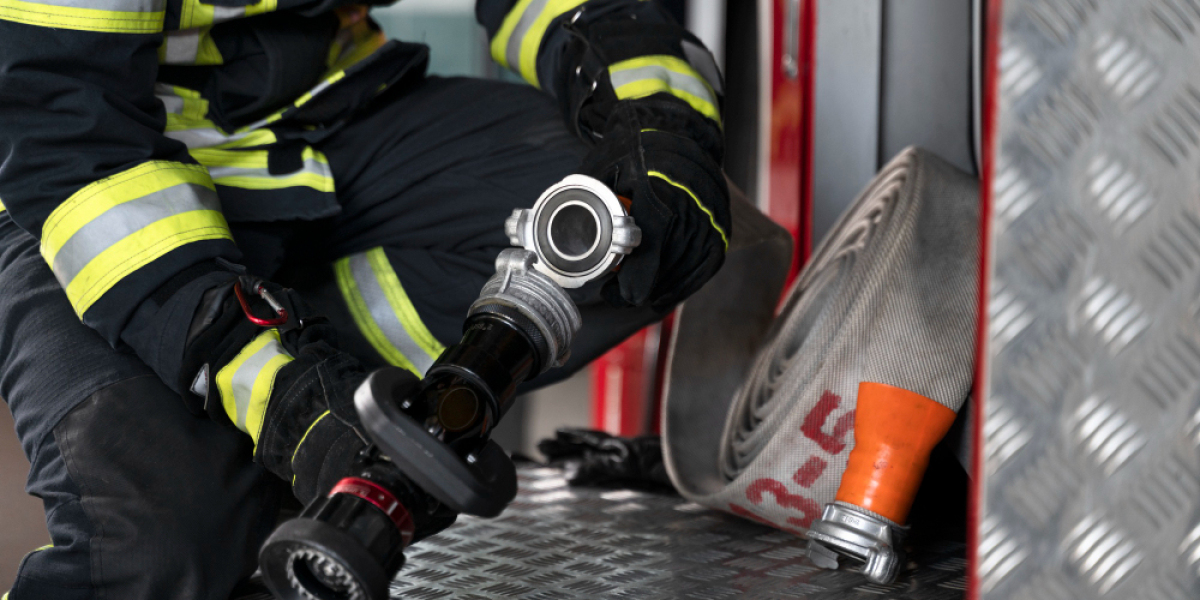Fire safety is a critical concern in homes, offices, and industrial settings. One of the most essential tools for preventing fire damage and ensuring safety is the fire extinguisher. Quick access to a fire extinguisher can prevent a small fire from turning into a catastrophic disaster.
What is a Fire Extinguisher?
A fire extinguisher is a portable device that discharges a substance—such as water, foam, dry powder, or carbon dioxide—to put out fires. It is designed for immediate use, providing the first line of defense before professional help arrives.
Types of Fire Extinguishers
Water Fire Extinguishers
Best suited for fires involving paper, wood, and textiles (Class A fires).Foam Fire Extinguishers
Effective on both Class A and flammable liquid fires (Class B).Dry Powder Fire Extinguishers
Multi-purpose extinguishers suitable for Class A, B, and electrical fires.Carbon Dioxide (CO2) Fire Extinguishers
Ideal for electrical fires and flammable liquids, leaving no residue.Wet Chemical Fire Extinguishers
Specifically designed for kitchen fires involving cooking oils and fats (Class K).
How to Use a Fire Extinguisher
Remember the PASS method:
Pull the pin.
Aim the nozzle at the base of the fire.
Squeeze the handle to release the extinguishing agent.
Sweep from side to side until the fire is completely out.
Importance of Fire Extinguishers
Immediate Response
Fires can spread rapidly; having an extinguisher nearby allows for a quick response.Safety of Lives
Fire extinguishers help protect employees, family members, and visitors in emergencies.Property Protection
Quickly controlling a fire minimizes property damage and financial loss.Regulatory Compliance
Many workplaces are legally required to have fire extinguishers accessible and regularly maintained.
Maintenance Tips for Fire Extinguishers
Inspect extinguishers monthly for pressure and damage.
Ensure they are easily accessible and not blocked.
Replace or recharge after use, even if partially used.
Follow manufacturer guidelines for periodic professional servicing.
Conclusion
A fire extinguisher is more than just equipment—it’s a critical safety measure that saves lives and protects property. Understanding the types, proper usage, and maintenance of fire extinguishers ensures that you are prepared for unexpected emergencies. Always remember, safety starts with preparedness.
















